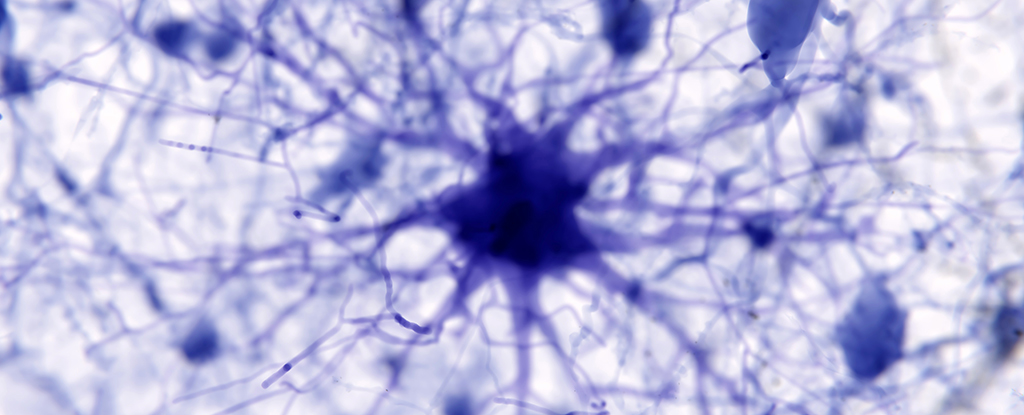Alzheimer’s research just gained a powerful new tool: artificial intelligence. Scientists at the University of California, San Diego have applied AI modeling to unravel a deeper understanding of a gene long associated with Alzheimer’s progression—and uncovered a potential treatment candidate in the process.
At the center of this study is the enzyme phosphoglycerate dehydrogenase (PHGDH), and the gene that encodes it. Previous research had already flagged PHGDH as being more active in patients with faster-progressing Alzheimer’s, but the mechanism behind that correlation remained unclear. Using modern AI tools, the researchers were able to model the enzyme’s three-dimensional structure in much finer detail than before.
What they found was unexpected. The AI-driven structural model revealed that PHGDH appears to do more than just its metabolic job—it seems to act as a regulator for other genes, particularly in brain cells known as astrocytes. These cells play a crucial role in managing inflammation and clearing metabolic waste in the brain, both functions that are compromised in Alzheimer’s disease.
Further modeling and lab experiments confirmed PHGDH’s interaction with two genes in astrocytes, interfering with these cells’ ability to maintain brain homeostasis. This disruption may represent one of the elusive “tipping points” that push the brain toward Alzheimer’s pathology.
The next challenge was therapeutic: how to curb this rogue activity without halting PHGDH’s necessary enzymatic functions. AI stepped in again to evaluate molecular inhibitors that could selectively block the gene-regulating role. One candidate stood out—NCT-503, a molecule that binds to a structural pocket in PHGDH and blocks its gene-switching ability.
In preclinical tests using mouse models of Alzheimer’s, treatment with NCT-503 improved cognitive and behavioral performance, including memory and anxiety responses. This was a key benchmark, not just because of the observed efficacy, but also due to NCT-503’s ability to cross the blood-brain barrier—a critical requirement for any central nervous system drug.
Importantly, the compound’s structure allows it to be administered orally, making future development into a practical therapeutic more feasible. While significant work remains before clinical trials can begin, the findings point toward a class of small molecules that may regulate gene expression in the brain without derailing essential cellular processes.
The research highlights a new frontier in neurodegenerative disease treatment—where AI doesn’t just analyze data, but plays a central role in generating hypotheses, designing experiments, and identifying molecular targets.
As lead bioengineer Sheng Zhong noted in the study, “Now there is a therapeutic candidate with demonstrated efficacy that has the potential of being further developed into clinical tests.” For a field long marked by frustration and dead ends, this marks a meaningful shift in the strategy against Alzheimer’s.
